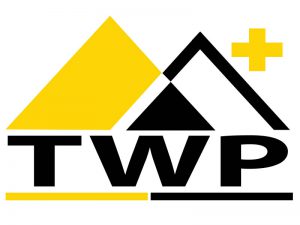Where Does Jenkins Fit In The Devops Pipeline?
Each commit is continuously monitored by the CI Server, growing the effectivity of code builds and verification. This removes the testers’ burdens, permitting faster integration and fewer wasted resources. The key focus of CI is to provide this suggestions as rapidly https://www.globalcloudteam.com/ as attainable to permit builders to fix bugs and actively mitigate dangers earlier than deploying to production/higher environments. Build in the Jenkins pipeline refers to the putting collectively of individual coded components from builders to create deployable packages that can run on a machine.
What Is Jenkins Freestyle Project?
This compilation course of is important to the software program growth process because it’s throughout this stage that supply code information are mixed to make executable code. Builds are often created when the supply code is taken into account ready for implementation— it’s both what is jenkins used for prepared for launch or testing. This automation helps to increase productiveness, guarantee code quality, and enable faster delivery of software updates.
Step Three: Working A Pipeline With A Number Of Steps
It performs the mapping of URLs and request bodies to applicable Java classes, which is essential. This makes it simpler to develop new plugins for Jenkins as a end result of the communication patterns are standardized by the Stapler web framework. Plugins extend its performance, offering further options and integrations for various use circumstances.
Implementing Advanced Pipeline Methods
The pipeline itself could be outlined by the Jenkins person, making it easy to create custom steps for every client or improvement group. This allows developers to develop a number of versions of their utility at once and retains all adjustments organized and separated. Development teams have a quantity of members, so a quantity of commits might have bugs. With CI, it is easier to detect these bugs early earlier than pushing the adjustments in production. Integrating each piece of code into one executable form takes place, known as a construct. If this build is green, the executed code is prepared for deployment.
Easy Set Up And Configuration
Currently, the Jenkins neighborhood claims over 1500 plugins obtainable for a variety of makes use of. The Jenkins X project was previously launched in 2018 with the aim of making a contemporary, cloud native Jenkins. Its architecture, know-how and pipeline language are completely totally different from Jenkins.
What’s Jenkins And Why It Is Used?
Nowadays, the Jenkins group reviews that there are around 1,500 plugins out there for quite so much of purposes. The 1000’s of plug-ins obtainable permit for a substantial quantity of customization. A pipeline is a sequence of steps the Jenkins server will take to carry out the required duties of the CI/CD process. The Jenkinsfile uses a curly bracket syntax that looks just like JSON.
- The subsequent day, the event staff would try to resolve the errors, usually without knowing who’s commit broke the construct.
- Declarative and scripted are the 2 ways companies outline Jenkins pipelines for a particular project.
- In 2011, the Hudson community unanimously accepted a referendum to alter the project name from Hudson to Jenkins, ensuing within the creation of the first “Jenkins” project.
- These tests are sometimes automated and help developer groups discover bugs in their applications.
You could assess run timing and discover the slowest step using the time stamper plugin, permitting you to tweak the efficiency of each operation. In 2011, the Hudson group unanimously accepted a referendum to alter the project name from Hudson to Jenkins, resulting within the creation of the primary “Jenkins” project. Hudson was later donated to the Eclipse Foundation and is now not being worked on.
Tutorial: The Way To Create A Ci/cd Pipeline With Jenkins
Continuous Integration is the most important a part of DevOps that is used to combine numerous DevOps phases. Jenkins is essentially the most well-known Continuous Integration tool, I know you are curious to know the explanation behind the recognition of Jenkins, and if Jenkins is straightforward to be taught. I am pretty certain after reading this What is Jenkins blog, all your questions will get answered.
Continuous Integration (CI) will constantly construct, examined, and merged right into a shared repository. In this case, the agent also runs on the same machine as that of the Jenkins server as a end result of we’ve not explicitly configured any agent. The agent attribute is adopted by consecutive stage blocks, which in turn define the steps to be executed in every stage. In this article, we are going to explore the important thing features, benefits, and practical applications of Jenkins in modern software program improvement and its role in DevOps practices. The server, whether or not a digital machine or a naked steel server, is designed to enable the fewest number of processes to interface with it.
Jenkins picks up these modifications to mechanically begin the build course of, which includes compilation, testing, and error reporting as a suggestions loop to builders. This enables a faster turnaround in the development lifecycle without affecting production. A pipeline is a set of steps the Jenkins server will execute to finish the CI/CD process’s essential tasks. In the context of Jenkins, a pipeline refers to a set of jobs (or events) related in a selected order. It is a set of plugins that permit the creation and integration of Continuous Delivery pipelines in Jenkins.

